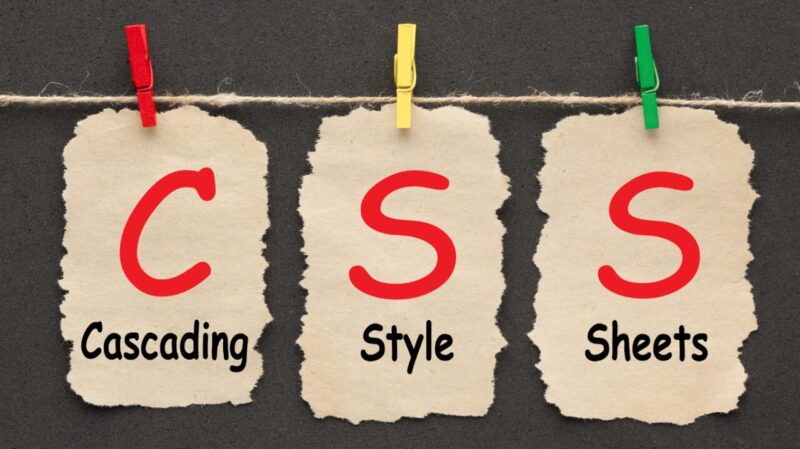CSS Full Form | Cascading Style Sheets
CSS Full Form: CSS, short for Cascading Style Sheets, serves as a fundamental component in web development, yet its significance often goes underestimated. Whether you’re a novice or an experienced web administrator, comprehending CSS and its application is crucial for effective web design. This article aims to elucidate the essence and utility of CSS in the realm of web development.
Unveiling the Essence of CSS | CSS Full Form
Documentation on CSS usage is scant, rendering it an optional tool for many web administrators who may not grasp its potential. However, for beginners, familiarizing oneself with CSS is imperative to grasp its pivotal role in web design. Seasoned developers, on the other hand, recognize CSS as an indispensable asset for crafting captivating web pages enriched with diverse elements and styles. Given its ubiquity, most web browsers seamlessly support CSS.
The Significance of Cascading Style Sheets
The efficacy of CSS in shaping the appearance of HTML elements hinges on three key factors: syntax, variation of items, and spatial arrangement. CSS syntax remains relatively straightforward, with distinctions between attributes like ‘hidden’ and ‘only.’ Employing multiple CSS files enables designers to effortlessly manipulate colors, fonts, and layouts, thereby enhancing the visual appeal of web pages. Moreover, CSS overrides certain HTML properties, facilitating the creation of cohesive designs across different platforms.
Harnessing the Power of CSS in Web Design
While browsers’ CSS support may impose limitations on the number of files utilized, leveraging CSS exclusively streamlines web page creation, saving designers valuable time. By mitigating color clashes and offering unparalleled flexibility, CSS empowers designers to craft visually cohesive web designs conducive to optimal user experience.
Mastering CSS: Techniques and Best Practices
CSS proficiency empowers developers to effortlessly modify typefaces, font styles, and sizes across web pages, without necessitating alterations to HTML code. Employing CSS style definitions and rules facilitates the creation of visually appealing web content, exemplified through succinct syntax and class-based styling techniques.
Evolution of CSS in Modern Web Design
With CSS serving as a cornerstone of contemporary web design, designers employ an array of file formats to realize their creative visions. From traditional formats like HTML5 to emerging standards like ASP.NET, JavaScript, and PHP, CSS seamlessly integrates with diverse technologies to facilitate dynamic web experiences.
Leveraging CSS Across Web Applications
CSS’s versatility extends beyond static web pages, enabling designers to dynamically alter web content to suit varying display preferences. By harnessing CSS’s potential, designers can effortlessly imbue web pages with visual flair and interactive elements, enhancing user engagement and satisfaction.
Conclusion | CSS Full Form
In conclusion CSS Full Form, CSS stands as an indispensable tool for modern web development, empowering designers to create visually stunning and functionally robust web experiences. Whether you’re crafting a personal blog or a corporate website, CSS offers unparalleled flexibility and control over design elements, ensuring an immersive and memorable user experience. Embrace CSS, and unlock the full potential of web design innovation.
In essence, this article provides comprehensive insights into CSS’s pivotal role in shaping the digital landscape, equipping designers with the knowledge and tools needed to create compelling web experiences.

